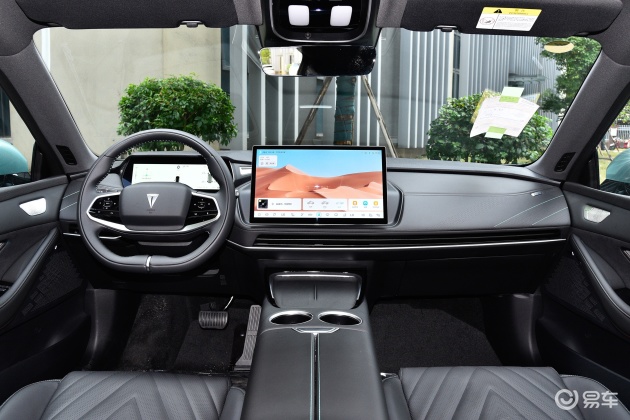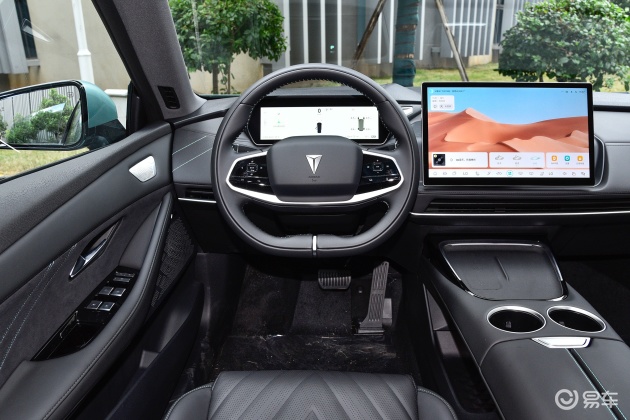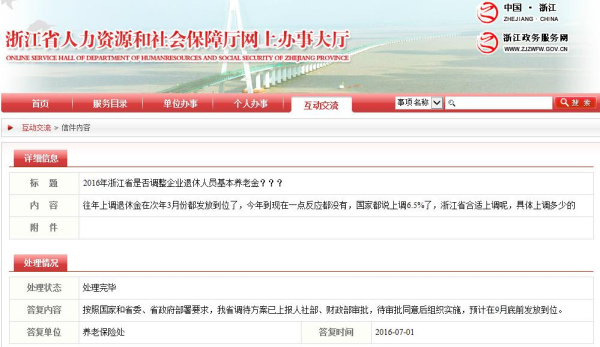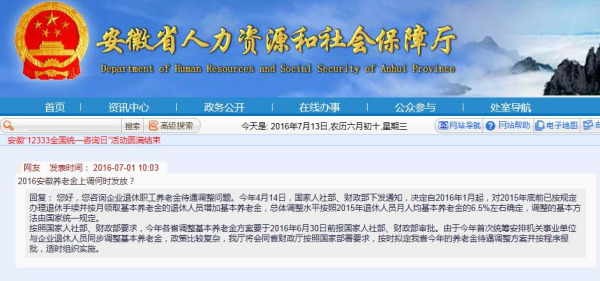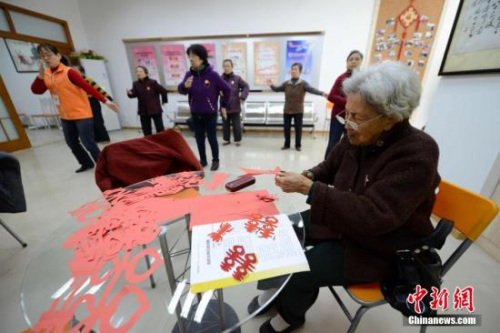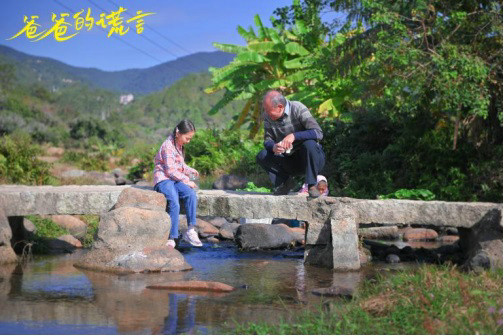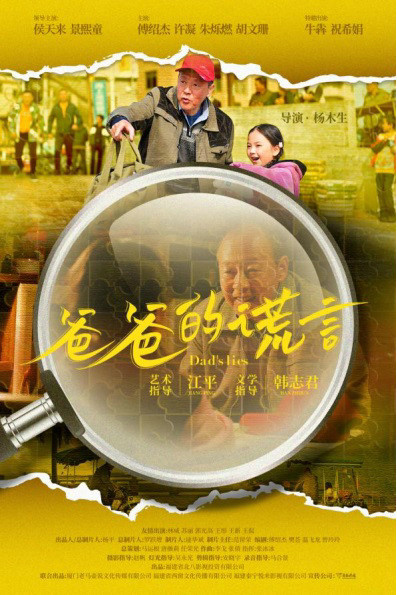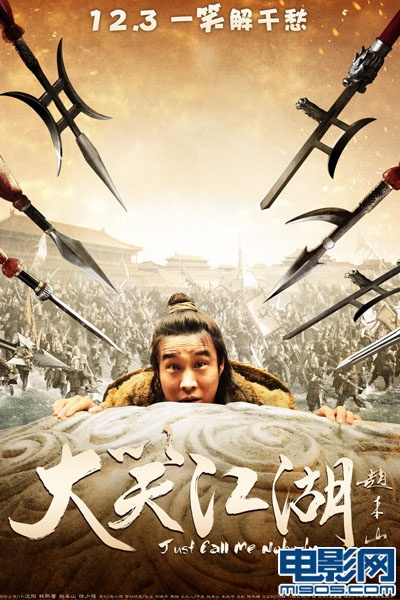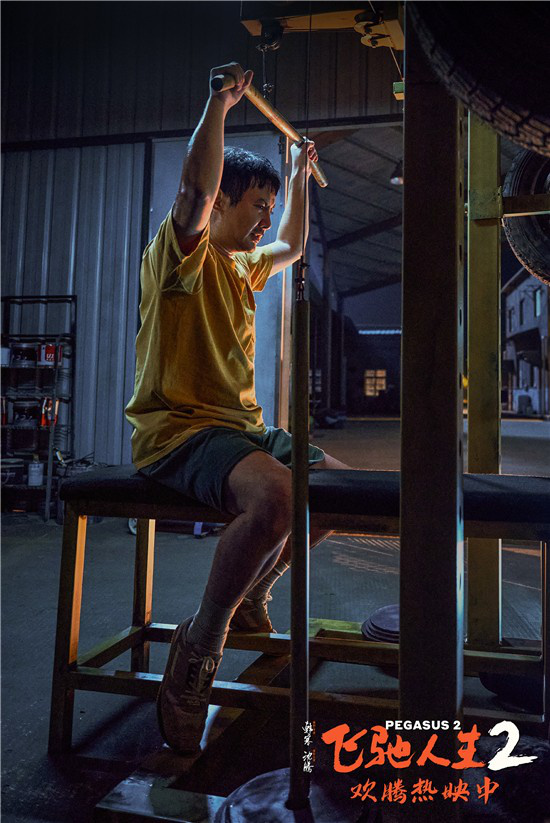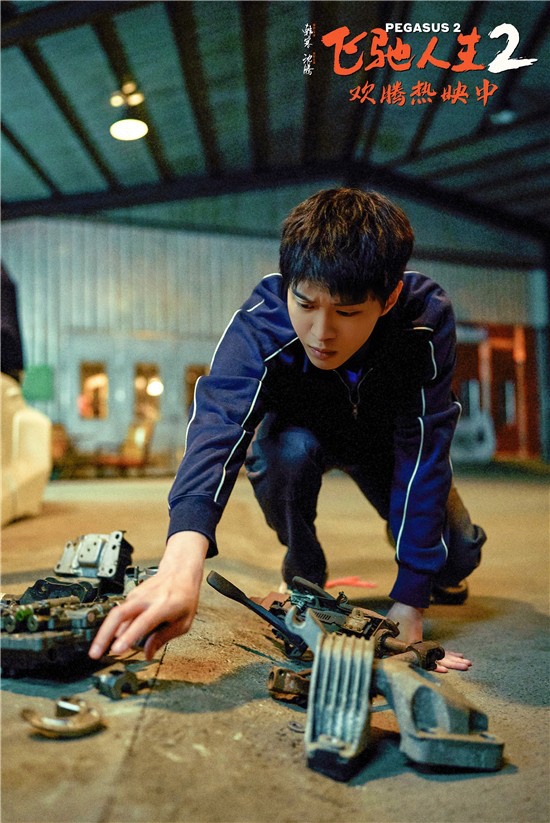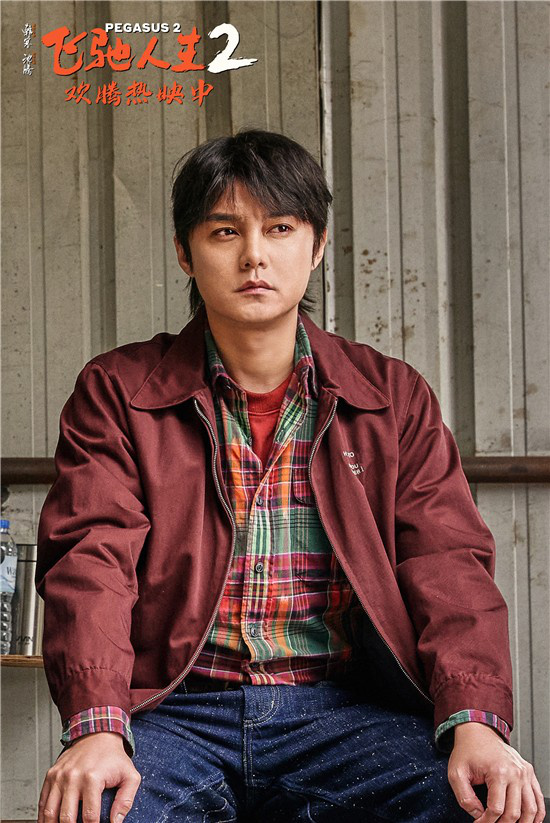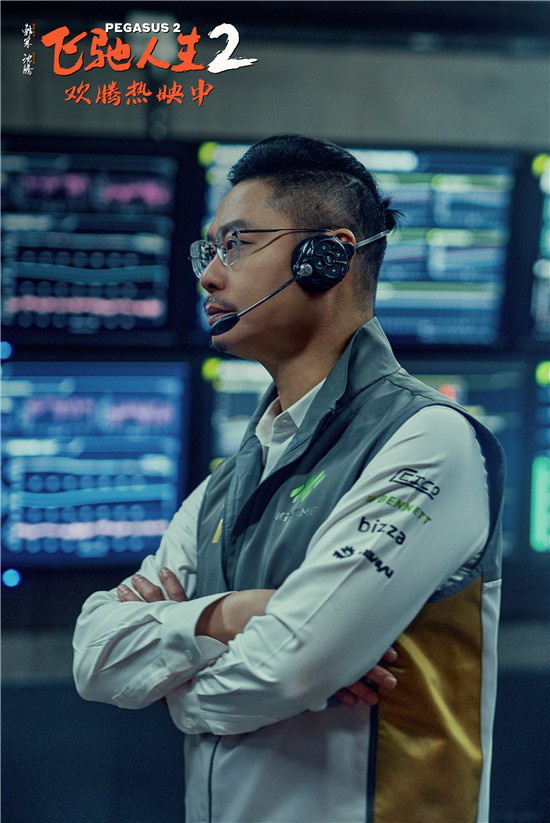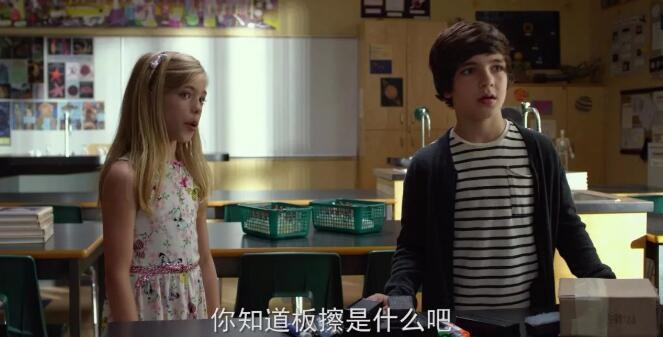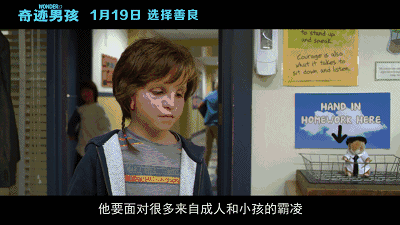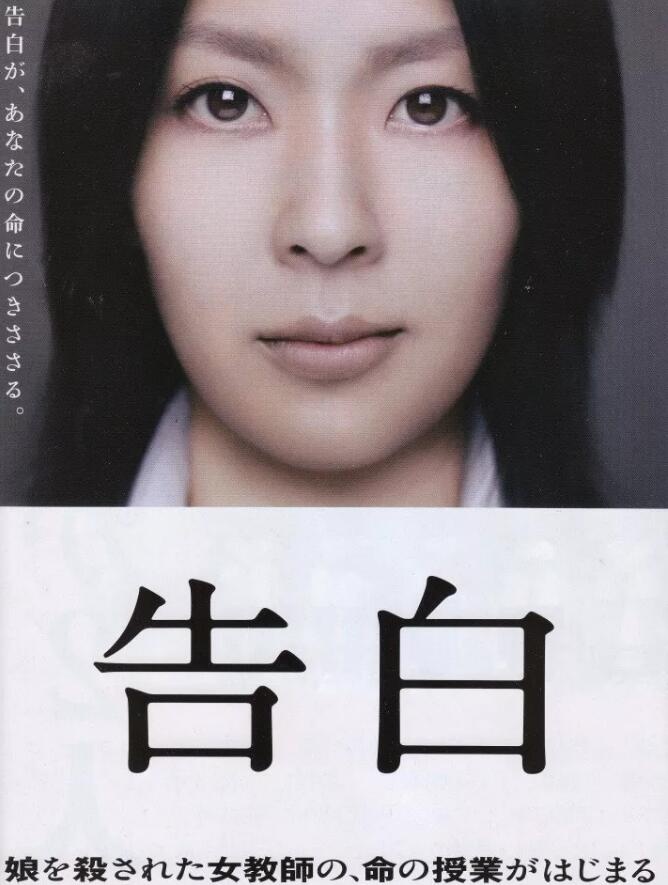Text | Lishi Business Review Jin Mei
Yamaha can be described as a master of cross-border. There is a Japanese saying: "Riding Yamaha, playing Yamaha, sitting Yamaha, playing Yamaha, listening to Yamaha, and living in Yamaha". Even the second-time star Tianyi Luo is from Yamaha.
Yamaha piano has an overwhelming global market share of 32%.
It has also been in a leading position in the world in commercial fields such as audio-visual products, information technology, new media business, furniture, auto parts, special metals, music education and resorts.
Can take root in many fields, what is the biggest difference between the king of cross-border and the ticket player? What is the enlightenment of Yamaha motorcycle’s failure from its birth to its being knocked down by Honda with a heavy punch?
1. Yamaha molding
In 1887, the American organ, which was regarded as a treasure in Hamamatsu Normal Primary School, suddenly stopped ringing, and the principal found Torakusu Yamaha (hereinafter referred to as Yamaha): "High-end medical equipment can be repaired, so why don’t you also repair the organ?"
As the son of the samurai in charge of astronomical affairs in the Tokugawa shogunate, Yamaye has been associated with the most advanced western equipment in Japan since childhood. When he grew up, he went to Nagasaki to learn how to make western clocks from foreigners, and later he was responsible for the maintenance of top equipment in a medical device manufacturing shop. In order to subsidize the family, Shanye also works part-time as a watch repairer and rickshaw puller.
He agreed to repair the organ without hesitation. He not only repaired the organ, but also figured out its internal structure. "Does such a thing still need to be imported from the United States?" Yamaha leaves some disdain.
After the headmaster told about the scarcity of the organ in the Japanese market, Yamaha was moved: this organ, which costs $54, actually costs $3. He decisively pulled the decorator Kazuo Kizaburo and decided to carve another one.
After 63 days, Japan’s first domestic organ was born!
Ambitious Yamaha and his companions, carrying this organ on a pole, crossed the Hakone Ridge on foot and came to the Music Research Institute in Tokyo (now Tokyo Art University) to be appraised by top experts.
"It’s just like an organ, and the sound is not in tune at all!" The teacher’s sharp evaluation gave Shanye a pot of cold water.
Fill whatever you lack! He got into the classroom directly as an auditor and learned music theory. After a month of hungry and sleepless study, Shanye returned to Hamamatsu and got into the laboratory.
This time, his reborn organ was affirmed as "a substitute for imported organ". Since then, the belief of "self-sufficiency and pursuit of the ultimate" has been written into the soul of Yamaha.
Organ orders soon flew from all over the country, and four years later his organ was even sent to Southeast Asia. In 1897, YAMAHA Co., Ltd. (Yamaha) with a modern assembly line was established.
Shanye, who just had more money, began to wonder: "What does the best piano in the world look like?" In 1899, he spent five months alone in the United States, stealing from three most famous piano factories in the United States. This time, he learned the subtle and complicated relationship between good products and good materials.
To build the best piano in the world, we need the most suitable materials and the most perfect combination. He believes that the piano factory in the United States must not have done it to the extreme.
Back in Japan, employees of Shanye organization combined all the components of wood and piano production in the world respectively and tried again and again to find the best solution. In 1900, the first Japanese upright piano was born in Yamaha. In 1902, Yamaha made the first Japanese grand piano.
In addition to the ultimate product research and development, Yamaha has established a world-renowned quality management system for Yamaha in order to ensure the excellent quality of every product, so his organ and piano have won numerous awards in Japan.
Shanye understood that his piano was not only the best in Japan, but also the best in the world, so he sent it across the ocean to the United States. In 1904, Yamaha Piano won the honorary prize at the World Expo in St. Louis, USA.
Since you are proficient in music theory, understand the world wood, and have exquisite manufacturing technology, you should make the best use of it and make the best use of it. The manufacture of guitar, violin, cello, harmonica, drum set and jazz drum came naturally, and Yamaha became the absolute leading brand in the field of musical instruments, and a small music empire was born.
The cross-border thinking of Shanye has not been limited by the industry. With the increase of musical instruments, Yamaha’s knowledge of wood is more and more profound, and its woodworking technology is far ahead. In order not to waste core skills, Yamaha opened a high-end wooden furniture production line in an instant.
In 1916, Torakusu Yamaha died at the age of 65, but his pursuit of the ultimate product, relying on the core competence and the bold and diversified ideas of market demand, and his thorough research spirit in the technical field became an important spiritual wealth of Yamaha.
In 1930, based on the accumulation in the field of musical instruments, Yamaha founded the world’s first sound laboratory. Based on the experience of making electronic organ, Yamaha mastered the digital signal processing technology and began to produce routers. Outside the furniture business, Yamaha began to build houses and even created a "Yamaha Resort".
2. World hegemony
Yamaha did not stop on the road of pursuing the ultimate.
To become a top enterprise in the world, it is necessary to complete the transition from production to manufacturing. Yamaha is no longer satisfied with following the leader, but building products ahead of the times.
The most advanced product comes from the undiscovered market demand, which is hidden among the top musicians in the world. Yamaha keeps sending technicians to Europe and America and setting up a "monitoring station" in London, so as to know the unknown needs of musicians through the latest and most powerful music technology, and thus stay ahead of the market.
To become a top musical instrument brand, only height is not enough, but also a huge mass base is needed. If you want to produce more pianos, you need to get rid of the shackles of German pianos made by technicians’ experience and feelings, and standardize mass production. In the almost crazy exploration of Yamaha’s staff, Yamaha finally overcame this technical problem and laid a good foundation for winning the world dominance of piano production.
But how can ordinary people have an impulse to buy expensive pianos?
Although the piano is like a duck to water in an elegant concert, it has been difficult for the piano to enter the families of ordinary people for nearly ten years. Known as Yamaha’s "father of revival", Mr. Kawakami Genichi thoroughly thought about this and decided to take the initiative.
He not only made the Japanese family’s piano popularization rate reach the first place in the world, but also established Yamaha’s undisputed dominance in the music market with novel ideas.
Why don’t parents buy pianos? There are only two difficulties: expensive price and difficult to find and expensive piano teachers. Kawakami Yuanyi thought of a good solution. For those prospective users who stopped playing the piano because of the price, he offered the installment loan opportunity. He has better plans for those customers who haven’t made up their minds yet.
He established a piano class, and parents only need to save a special piano fund, so their children can learn piano for free. In five years, the number of students has reached more than 20 thousand. This not only enabled Yamaha to lock in prospective families who can afford to buy pianos in Japan, but also formed a financial closed loop of one deposit and one loan. More importantly, piano culture took root in Japan through free training.
In this way, he established a huge piano root system in the impoverished Japanese market. Since then, he has also opened piano schools to the United States, Canada, Mexico, Germany, France and other countries and regions. After decades of exploration, a complete education and training system has been formed. His courses range from kindergarten music club to full-time training courses, from low to high, and include all users.
In order to give users a sense of purpose, Yamaha has also organized three important international music festivals to raise awareness and discover talented young people. These selected people have naturally become loyal followers and brand communicators of Yamaha.
Engineers like Yamaha "crazy" will certainly not stop at mass piano production. In 1950s, Yamaha invented the world’s first electronic organ. Later, the company developed the world’s first fully transistorized new musical instrument. Yamaha combines the world musical instruments with cutting-edge technology, and at the same time, it also establishes its dominance in the world music field.
3. Diversified love and pain
From musical instruments to building furniture and houses, and from musical instruments to mastering the world’s cutting-edge technology, Yamaha, which pursues the ultimate, has reached its peak in many fields and successfully attracted the attention of the Japanese government.
In the 1950s, the Japanese government commissioned Yamaha to repair the propeller of aircraft. After it was repaired, they borrowed an airplane engine for testing, but the engine always broke down and became a doctor after a long illness. Yamaha also mastered the manufacturing technology of the engine.
After Japan surrendered in World War II, the defeated Japan was abolished, including the aircraft manufacturing industry, and all the business in the Yamaha aircraft field was shut down. With the economic downturn in Japan after World War II, people’s lives are no longer comfortable, and the demand for entertainment is getting lower and lower. Yamaha needs a new cash cow business.
Kawakami Genichi soon found a solution. Since people have no money, they can do some business that can help the public save money within their own ability. After some research, Sichuan Shangyuan took a fancy to the booming cheap transportation solution-motorcycle business.
On the basis of imitating the famous car "RT125" of DKW company in Germany, Yamaha applied the technology accumulated in the field of aircraft and engines to motorcycles. This time, it took Yamaha only eight months to drop a thunder in the motorcycle field.
Just over a year later, in February 1957, Yamaha Company produced the "YD-1" racing motorcycle at a speed that shocked the world. The engine of this brand-new model is a two-cylinder 250cc model, and it is completely original by Yamaha, Japan. In 1958, this car became the first Japanese motorcycle sold in the United States.
Since 1959, Yamaha’s overseas expansion strategy has been formally implemented, and the first overseas production base in Mexico has been formally established. Subsequently, Indian factories, Dutch companies, Brazilian companies, Canadian companies, American companies … More and more countries and regions on the world map have Yamaha’s footprints.
After more than ten years of hard work, Yamaha has grown into one of the few motorcycle companies in Japan. Moreover, Honda, the leader of the Japanese motorcycle market at that time, was focusing on the automobile business and overseas market expansion, and had no time to take care of the motorcycle market. Yamaha found a strategic opportunity to dominate the Japanese market.
In 1970, Honda’s sales were 3: 1 ahead of Yamaha, which had only 18 models and Honda had 35 models. By 1979, it had become 1.4: 1. In 1981, both of them accounted for about 40% of the Japanese motorcycle market, almost the same, with 63 models.
In the face of gratifying achievements, in 1982, Yamaha launched what was called "the most cruel competition in modern Japanese industry" to Toyota in an attempt to cut the gordian knot and harvest Toyota’s market. Yamaha decided to borrow money to build a factory with an annual output of 1 million units, surpassing Honda’s output of 3.8 million units with an annual output of 4 million units and becoming the runner-up in the world motorcycle market.
Yamaha’s war drum soon reached Toyota’s ears, and it decided to give Yamaha a little color to see. On the surface, Honda continues to stabilize the overseas market, but secretly increases its horsepower to develop new products, consolidate its sales network and strengthen the relationship with dealers, waiting for Yamaha to continue to expand and wait for a fatal blow to Yamaha.
Yamaha, which mistakenly thinks that it is still in the window period, continues to expand its production capacity in a big way, and even turns a blind eye to the crisis that it is almost unable to develop new products because of the financial drag in the expansion, and the products are outdated in the face of the general trend of lightweight and feminization.
Yamaha’s new factory has been put into production! Just as it jumped to the top and was ready to sweep the market with overwhelming products, the dormant Honda suddenly jumped up and knocked it down with a heavy punch.
Honda, which has been entrenched in the field of motorcycles and automobiles for many years, decisively reduced the price of all models by more than one third! Honda has also introduced 81 new models one after another, and eliminated 32 old models, which has a brand-new image among consumers.
Faced with Honda, which has plenty of food and grass, Yamaha is unable to fight back.
In 1983, Yamaha’s motorcycle market share dropped from 37% to 23%. In that year, sales directly halved, accounting for half of all motorcycle stocks in Japan. Coupled with the subsequent economic recession in Japan, banks have stopped lending to Yamaha.
Yamaha is riding a tiger, the company is on the verge of bankruptcy, and its president, Chuan Shangyuan, resigned. Honda was unscathed. The snipe and clam compete for the benefit of the fisherman, and Suzuki also took the second throne in the Japanese market.
Fortunately, returning to the "music" business has restored Yamaha’s deteriorating business performance. Different from the experience of the motorcycle market, Yamaha has achieved fruitful results in diversified expansion in other fields.
Engines can make motorcycles, and of course cars and yachts. In the process of building yachts, Yamaha mastered the manufacturing technology of FRP, which can be used to make bathtubs and swimming pools, so Yamaha successfully entered the bathroom industry.
Because of the research on materials, Yamaha began to manufacture golf clubs, tennis rackets, bows and arrows and snowboards. Often dealing with water treatment, it has started a water purifier. At the same time, because of the study of algae reproduction, it entered the biochemical field and made a cell picking and imaging system.
So Yamaha has the name of the most unprofessional enterprise and the most cattle cross-border.
4. Conclusion
As Steve Jobs said: "If you do one thing and it becomes quite good, then you should do other things instead of staying stagnant for a long time, as long as you figure out what the next step is."
The core competitiveness of Yamaha, which has been constantly crossing the border from musical instruments, is its leading technology. It has in-depth study of direct materials, top-notch production skills and cutting-edge technical advantages. Its decades of deep cultivation in these fields, like Apple’s "ios system", is a moat for Yamaha’s cross-border success.
Yamaha, which has no centuries-old tradition of exquisite handicraft industry, coincides with the vigorous tide of industrialization. It can promote the advanced manufacturing system without any historical burden, and ensure that every penny of itself is used to produce high-quality products and bring higher marginal benefits.
In the electronic era that followed, Yamaha, without historical burden, naturally accepted it with an open mind and established its leading position in the industry in one fell swoop.
Every time it crosses the border, it is not to follow the trend or simply imitate, but to expand its core competence to the unsatisfied market and turn it into products that consumers need, thus achieving a natural success and ensuring the durability of business expansion.
Why did the invincible Yamaha stumble in the motorcycle market?
Relying on technological advantages to do diversified business development can obtain extremely high product potential, just like the industry shock brought by Yamaha’s first motorcycle. But leading in product and technology and leading in market share are two concepts.
Yamaha musical instruments can’t sit firmly on the top of the world if they only have products and don’t have industrial facilities such as classrooms and industry competitions all over the world. With the rapid development of the industry, products can conquer the world, but once the competition in the industry intensifies and the development potential is gone, these shortcomings will become fatal, which is the stumbling block of Yamaha motorcycles.
Relying on the core technology, Yamaha has gained advantages in many products, and it has to be said that it is a successful crossover. But from another point of view, unlike Apple’s deep cultivation around its core users and ios system, Yamaha, which has expanded along the core technology, has no clear user portrait, which makes it still feel like a duck to water in the Japanese market, but in the world market, it is inevitable to miss more brand opportunities because of strategic out-of-focus.



